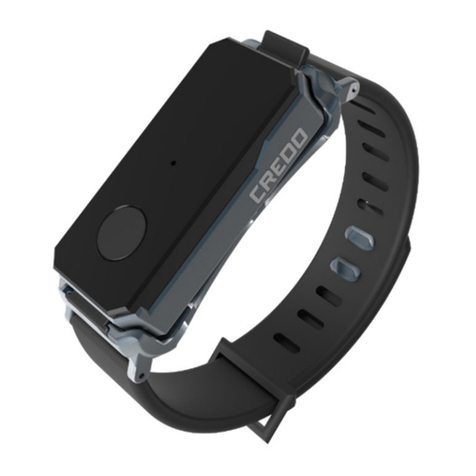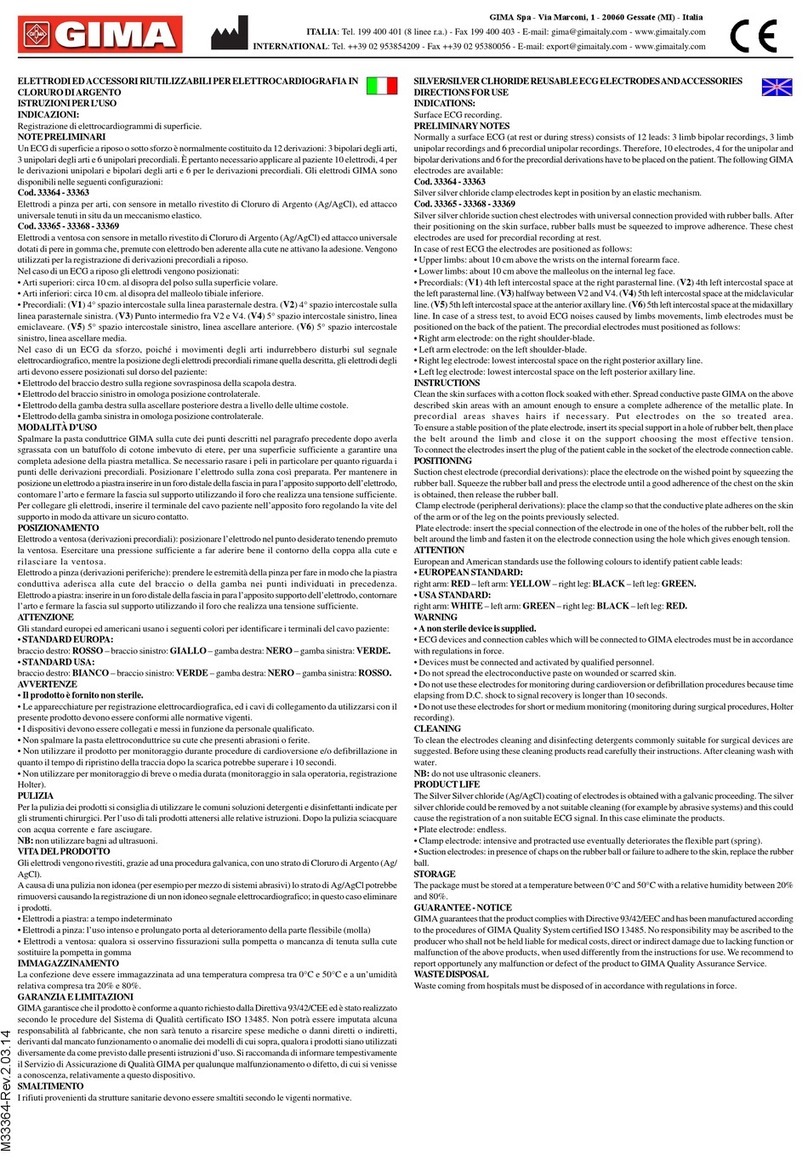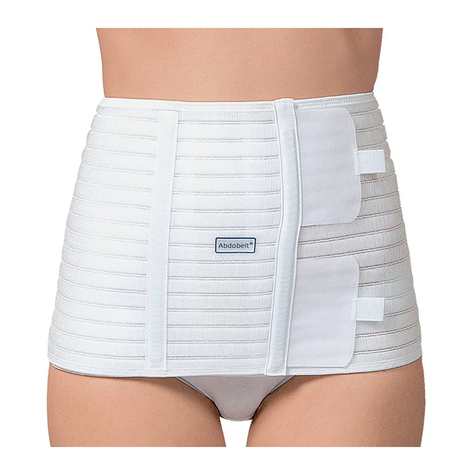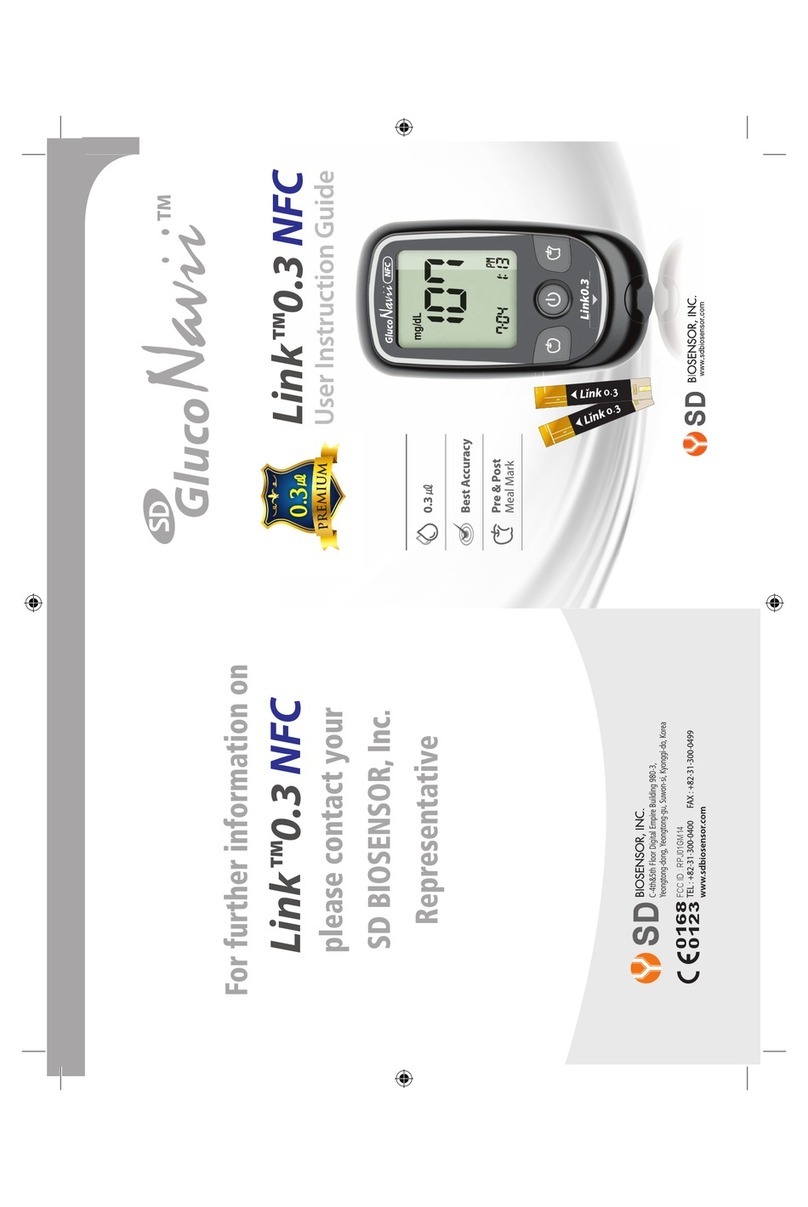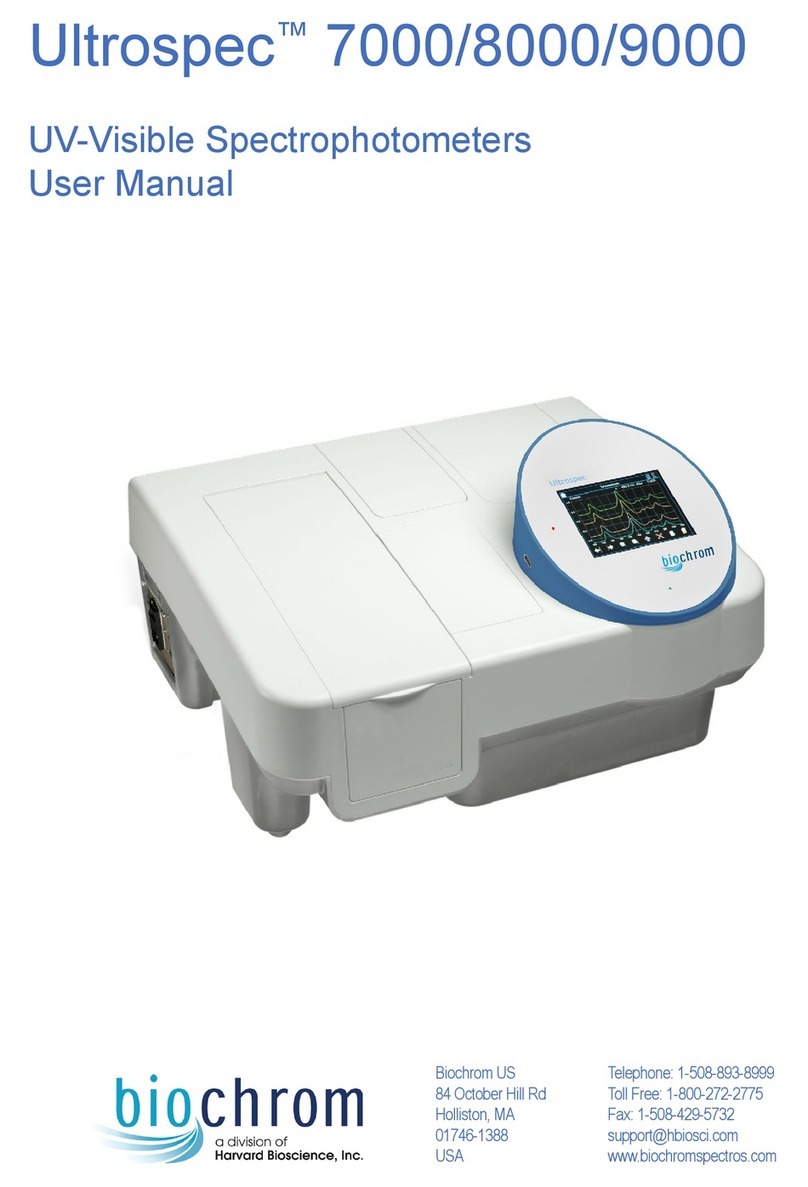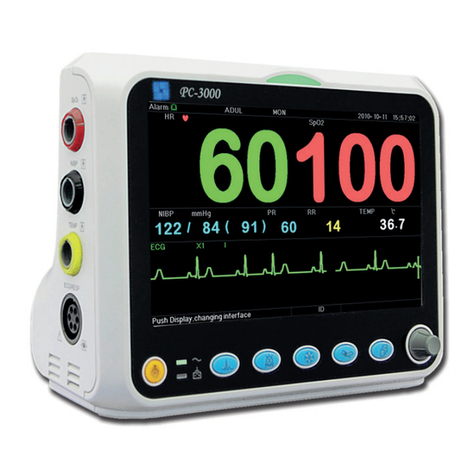Oscimed PSV User manual

Page 1/4
Version : V1.3
Instructions of use for cast cutter saw
OSCIMED PSV
1 Technical description
1.1 The electrical power supply
Supplied from a socket by a cable which passes through a transformer reducing voltage
to 24 VDC, it is optimal for the security. The device complied with the latest version of
medical standards EN 60601.
1.2 The electro-mechanical drive
The oscillating movement of the blade is made by a DC motor and a mechanical device,
which is made from high quality materials, with low wear and without maintenance. The
motor and the high lifespan sensor switch are driven by a microprocessor card.
The electromechanical device is mount trough anti-noise rubbers on the body of the
cutter to avoid vibrations in the hand and noise. The switch, situated closed to the user’s
hand, is a contactless long life time sensor.
1.3 The cutting blades
The blades have a synthetic coupling center. A special lock nut makes it easy to install or
change the blade without any tool.
1.4 Technical data
Main voltage
85-264 VAC
Electricity network frequency
50-60 Hz
Power
200 VA
Cycle of use
45 minutes on / 15 minutes off.
Length of the saw
255 mm
Diameter
50 mm
Weight
890 gr
Speed of the motor / frequency
14’500 rpm
Oscillating angle of blade
6.2°
Stroke at the end of the blade diameter 65mm
3.50 mm
Length of power supply cable
1.10 m
Length of 24 VDC cable
3.00 m
Noise level
63 dBA
European directive 2007/47/CE
EN 60601 classe 1
Protection
IP 20
Storage, carriage and use condition.
Temperature: 0 - 35° C
Humidity: 0 - 90%
Pressure : 900 - 1080 hpa

Page 2/4
Version : V1.3
2 Use - Safety –Maintenance
2.1 Start and stop
Plug into electric socket.
Press the red sensor switch to start the saw;
press a second time to stop it.
2.2 Vacuum nozzle change
First disconnect the power supply.
Then remove the vacuum nozzle to reach the blade, by pushing the supple parts on
both sides in order to release the nozzle and slide it up.
Set the nozzle back by inserting it in the guide and push down to the bottom till the
automatic lock.
2.3 Saw blade change
First disconnect the power supply.
Remove the vacuum nozzle to reach the
blade.
Turn the blue blade lock nut (1) a quarter-
turn and pull it out. To remove the blade,
incline it a little and pull out.
Set the new blade (2) on notched spindle,
return the lock nut and turn back a quarter-
turn on its internal locking notch (1).

Page 3/4
Version : V1.3
2.4 Vacuum hose insertion
Place the screws of the hose coupling/connection in a
vertical position, as shown on the photo, and insert on
the end-piece/housing saw.
Turn a quarter in order to get
the screws „horizontal“ and
lock the connecting part.
Proceed the opposite way to remove the hose.
2.5 Field of use
In a general way, every use other than cutting bandages and casts is forbidden.
In the medical field, this saw is not authorized for use where the saw blade could be in
direct contact with the patient or for surgery.
2.6 Protection against mechanical overload
To avoid overloads in case of fall and for the patient security, the saw stops
automatically in case of brutal overload on the saw blade. In this case, disconnect
the power supply, wait 2 minutes and reconnect the device to restart the saw.
2.7 Electric shocks protection, standards, labelling
Meaning of the symbols:
Read the
documentation.
At the end of life of the device,
please contact the relevant local
authorities or your distributor
concerning the disposing of sorted
waste.
Product in compliance
with european
directives and
standards.
Alternative current.
Serial number.
Reference number.
Class II device with

Page 4/4
Version : V1.3
double electrical
insulation, without
protective earth.
Remark concerning the immunity to the electro-static discharges:
Trials according to the EN 61000-4-2 norm have shown a non-destructive and very short
lasting stop of the saw in case of a more than 4000 volts electric shock.
2.8 Maintenance - Cleaning
Disconnect the power supply before any maintenance or cleaning operation.
Check that no electric cable is damaged, that the oscillating shaft and the switch are not
blocked in their movements by an accumulation of sawing wastes.
The only maintenance this saw needs is that it has to be kept clean. Wipe clean with a
damp rag. Do neither immerse the saw in water nor every other liquid, nor clean it with a
shower.
3 Be sure to observe scrupulously the safety instructions
- The device can be used only by an operator competent in plaster room who has
attentively read this present instruction.
- Every modification of the device in comparison with its original version is strictly
forbidden.
- The duty cycle according to chapter 1.4 is only available when the saw is used
together with the vacuum cleaner which is cooling the saw.
- The device is designed only for a dry use and must be used or stored in a dry place
only.
- Every use other than the one indicated on the present manual may constitute a
danger which can so be avoided.
- Check that the socket in compliance with the plug of the device.
- Check that the indicated voltage on the motor block is in compliance with the used
power source.
- Never let the device running unattended.
- Always take the plug off before doing whichever intervention on the device, or when
the device remains unattended or within reach of children or persons who are not
responsible for their actions.
- Do not pull neither lift the device when using the electric cable.
- The maintenance and repairs must be provided by specialised persons; the possibly
damaged parts will be replaced by original spare parts.
-The manufacturer refuses to accept any responsibility in case of every third-party
damage to people, animals or objects as a result of the lack of respect of these
following instructions or if the device has been used on an unproper way.
Manufacturer’s address: OSCIMED SA - Allée du Quartz 3 - CH-2300 La Chaux-de-Fonds
Popular Medical Equipment manuals by other brands
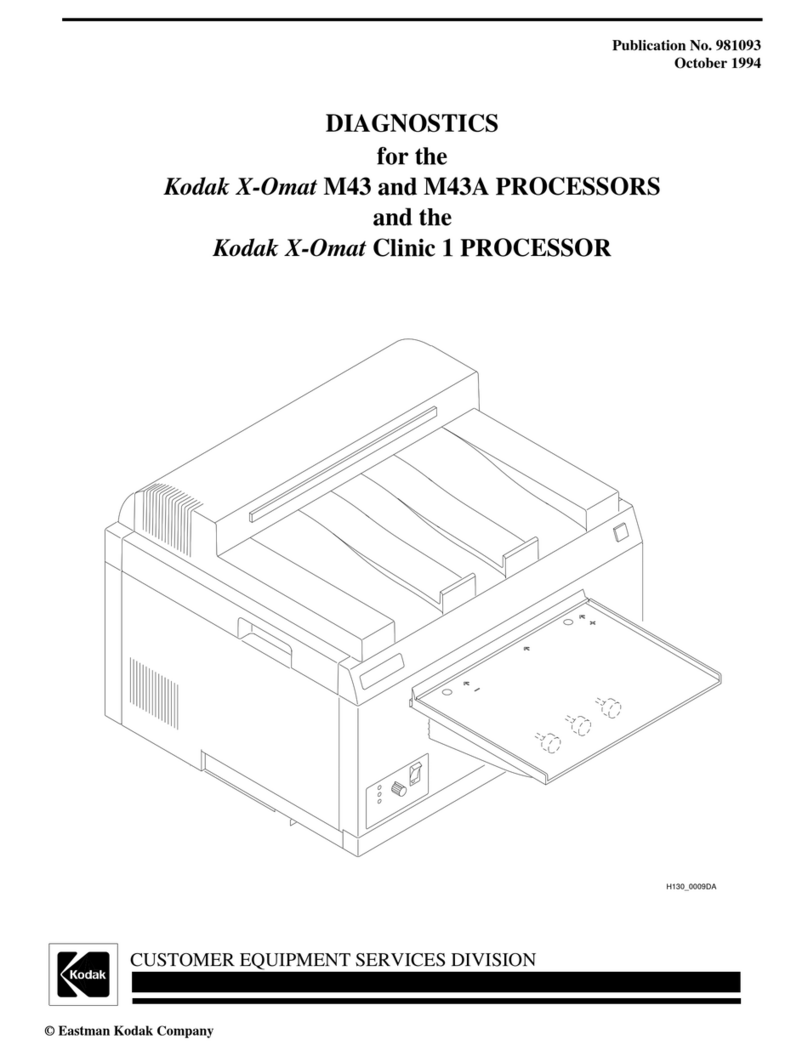
Kodak
Kodak X-Omat M43 PROCESSOR Diagnostics guide
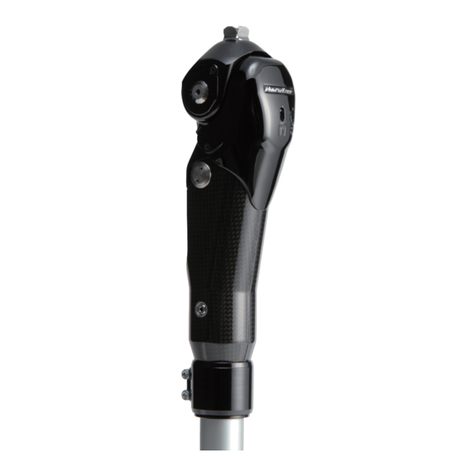
Nabtesco
Nabtesco HybridKnee NI-C3 Series instruction manual

Ventec Life Systems
Ventec Life Systems VOCSN Clinical Quick Start Guide

Cleaver Scientific
Cleaver Scientific MSMIDI96 instruction manual
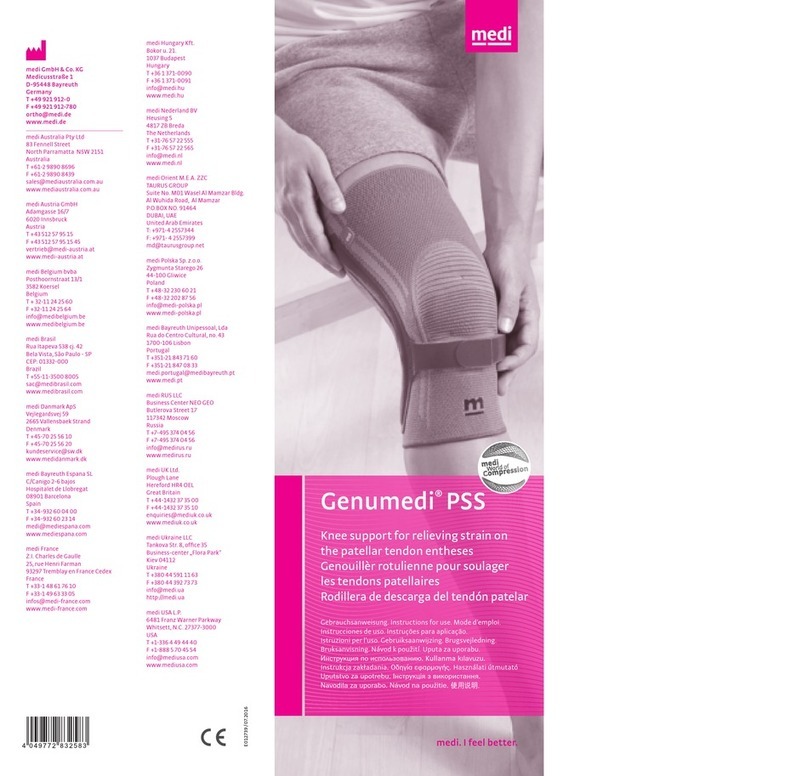
medi
medi Genumedi PSS Instructions for use
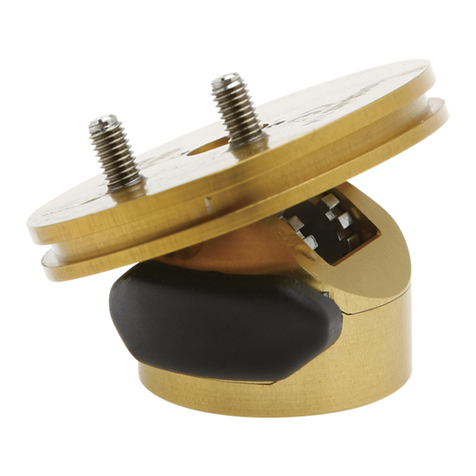
Otto Bock
Otto Bock MyoWrist Transcarpal Instructions for use

Stryker Medical
Stryker Medical Thermaltek Series Maintenance manual
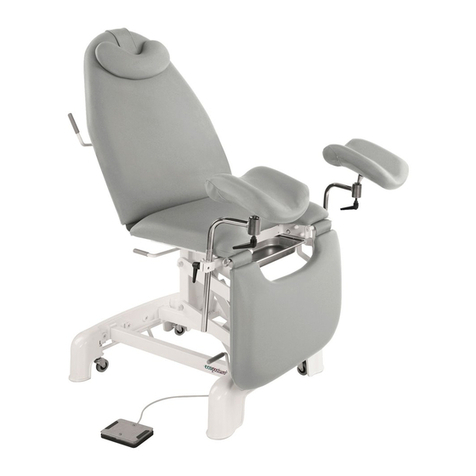
ECOPOSTURAL
ECOPOSTURAL C3566 instructions
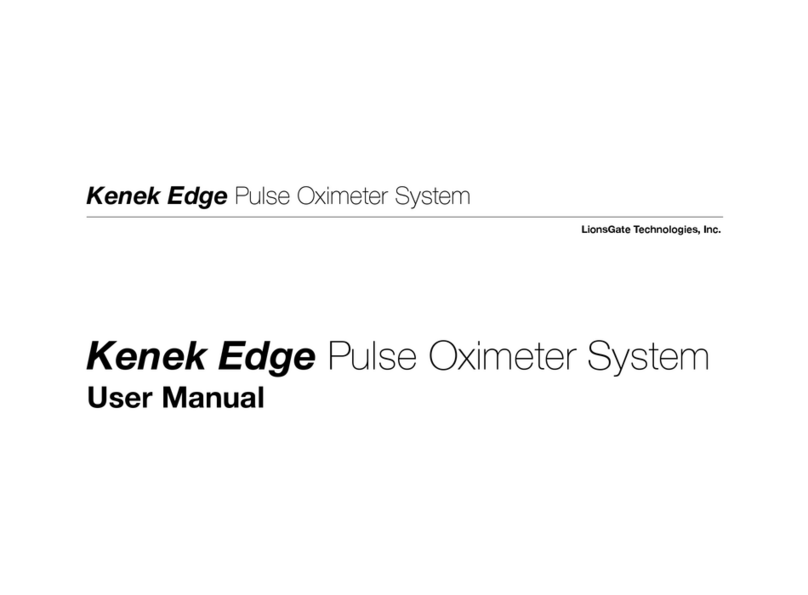
LionsGate Technologies
LionsGate Technologies Kenek Edge user manual
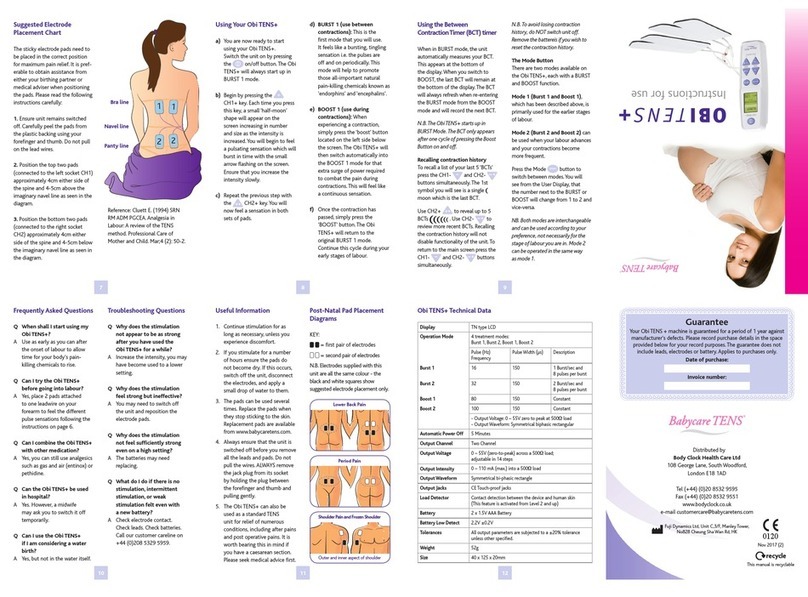
Babycare TENS
Babycare TENS OBITENS+ instruction manual

3Gen
3Gen DermLite Foto quick start guide
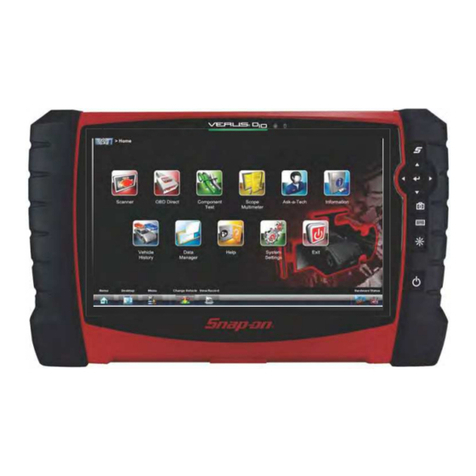
Snap-On
Snap-On Verus Pro user manual
